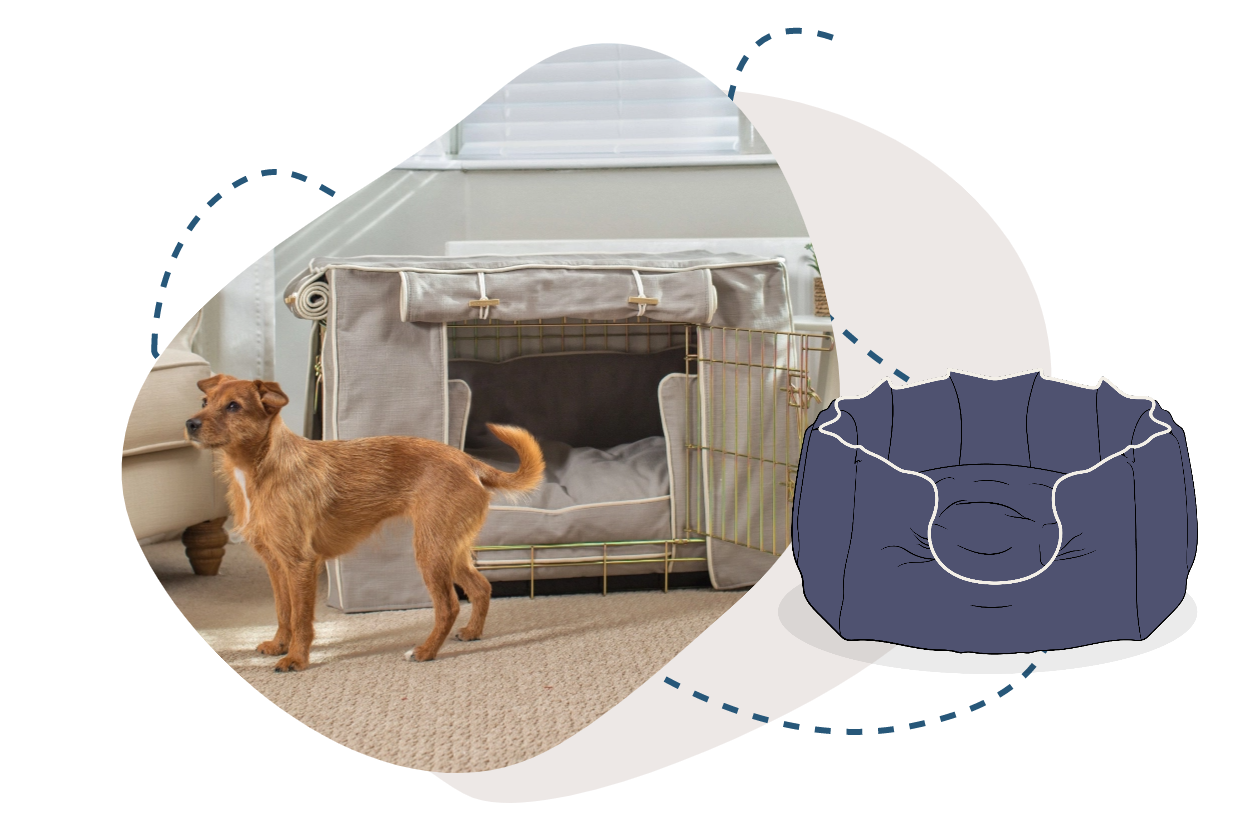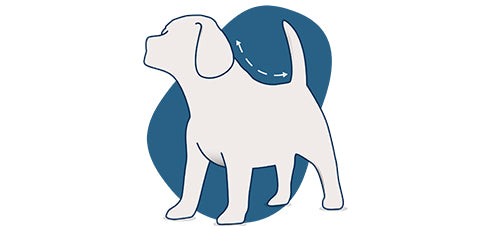
Everything You Need For Your New Beagle Puppy
Are you getting a new Beagle? Getting a new puppy is a really exciting time, but it can also be stressful, ensuring you have everything ready for their arrival. You’ll need a Beagle dog bed as well as all the other accessories, including travel products for the day you bring them home. Here we take a look at the history for the breed and then discuss all of the things you’ll need ready to bring them home. All About Beagles Beagle type hounds can be seen in early paintings and literature from the medieval and Elizabethan times, but the modern beagle was developed in Great Britain in the 1830’s. Beagles are a small breed of scent hound that is very similar in appearance to the larger foxhound. They were originally bred for hunting hare, but have become a popular pet due to their intelligence, good temper and general lack of health problems. Beagles tend to have a lovely disposition, being gentle in nature. They tend to be excellent with children and have a high level of intelligence - one of the main reasons they have become such popular pets. Do be aware of their incredible sense of smell though. Having been bred for the hunt, once they pick up a scent they can be very determined, making them difficult to recall! Beagles are very good at getting along with other pets, including cats and dogs, so if you have a multi-pet household, it should be relatively easy to introduce them to the family. All The Things You Need For Your New Beagle So you’ve decided to welcome a Beagle into the family? Are you wondering, “What do I need for my Beagle Puppy?” We’re here to help ensure you have all the things you will need to bring them home safely and settle them in. Here’s our Beagle Puppy Shopping List: Puppy Carrier You will need a medium sized puppy carrier for when you collect your new puppy. A pet carrier with a strong frame and mesh windows so you can see in and your puppy can see out and being collapsible, making it easy to store away is ideal for your new puppy. It’s important to make the car journey as comfortable as possible, especially if you have a long journey home. Make sure you give plenty of room for them, whilst not being too big. The carrier will come in handy for your puppy’s first visits to the vet too. Puppy Blanket With puppy’s comfort in mind, a puppy blanket is a great accessory to pop inside the carrier and can then be put in their crate when you get home. We have a lovely selection of puppy blankets and comforters to choose from, but we particularly love our handmade blankets. They come in a range of stylish colours and the teddy fleece is oh-so-soft. Our puppy scent blanket is made for new puppies in particular - you can give this to Mum a couple of weeks before you collect them so you can bring the scent of home with them when you collect them. Then you could size up to a large puppy blanket which will be the perfect addition to your dog’s bed. Travel Dog Bowl This may or not be essential on the day you collect your puppy, depending on how long the journey home will be. It’s a really useful item to have in your collection of pet products though, as a travel bowl can be stored flat in your travel bag and can be popped up when your pup needs a water break. Large 36” Crate The perfect Beagle Dog Crate should be 36” in length. This will give your beagle puppy the room they need to grow into adulthood. A double door dog crate such as our Large 36” Lords & Labradors deluxe dog crate is ideal for your new Beagle. We would suggest setting it up with a puppy bed in one half of the crate and then a puppy pad and water bowl in the other half. This is the ideal puppy crate setup for crate training. Then when your puppy is fully toilet trained and growing up, you can swap to a full size crate cushion. Puppy Crate Bed Our Lords & Labradors puppy crate bed has been designed to fit exactly half of our double door dog crates. It comes in a range of stylish fabric designs with a print and colour option to suit every interior. The bed features a cushioned walled design with a sherpa fleece top. Your puppy will love snuggling into this warm plush fabric and can rest their head on the cushioned wall. All For Paws Heart Beat Sheep The All For Paws Heart Beat Sheep will give your nervous new puppy comforting snuggles and hugs at bedtime. It will take your puppy a little while to be accustomed to their new home and they are likely to have some anxious feelings for the first few days. The Heart Beat sheep is a great puppy toy to help settle them down. The “heartbeat” mimics that of their mum which will help make them feel secure in their new home. You could also choose the Little Buddy Warm Bear that has a warming heat pad in it rather than the heartbeat. Both are super cute! Puppy Teething Toys Chew toys for puppies come in a variety of shapes and sizes for different forms of play. They are ideal for teething puppies whose gums will get sore and painful. They are also just a fun toy for them to play with when they’re not teething - some dogs become prolific chewers and will enjoy this kind of play well into adulthood. We’d suggest putting a chew toy inside the crate when crate training your puppy. It will help keep them occupied and hopefully stop them from chewing their bedding through boredom. We particularly love the KONG range of chew toys as they are extremely durable and available in a range of sizes. Plush Toys - Puppies love to play and it will be important to give your puppy different types of toy so that their playtime remains varied. Our selection of puppy plush toys is expansive and includes toys by KONG, Rosewood and House of Paws. These are all perfect for a snuggle at nap time too! Puppy Harness, Collar and Lead Lead training will be one of the most important parts of your puppy’s development. You won’t start lead training straight away, but it’s important to have the correct walking accessories ready for when you do. We’d suggest using a harness for lead training as it offers a greater level of comfort and support than just a collar. Puppy Shampoo Bathtime and grooming isn’t just about keeping your pup clean (which is important!), but it’s also great bonding time for you and your pup. We have a variety of gentle shampoos, conditioners and sprays that are formulated especially with pups in mind. Our PetPlex Puppy Purifier collection has been specially formulated to be gentle and soothing so is perfect for puppies. Your Beagle won’t need baths too frequently as you don’t want to dry out their coat. A bath every 2-6 months is ideal. If you need a quick clean up in-between baths, wipes and fresheners are ideal. They are pet safe wipes for dogs that are great to pop in your travel bag or grooming kit to wipe muddy paws and smaller grubby patches! Dog Grooming Brushes Your Beagle won’t need as much grooming as some longer haired breeds, but a regular brush will keep their coat in good condition. Brushing will help remove any loose hair and also distribute the natural oils through their coat, making it shiny and healthy. A soft bristle brush is ideal for your Beagle, but you may also want to add a slicker brush to your puppy grooming kit which is great at removing dead hair and prevent shedding. Dog Ear Cleaner Beagles have hanging ears which can be susceptible to infection if not cared for and cleaned. Use an ear cleaner designed specifically for pets, to break down any build ups of dirt and ear wax. If ears are left unclean, the ears can develop irritations or even infections. It’s worth getting your vet to check your dog’s ears on their routine visits, just to ensure they stay healthy.


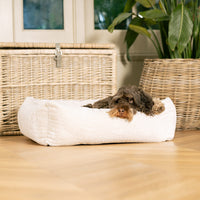

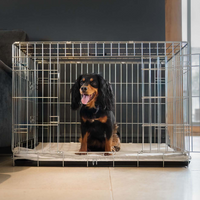
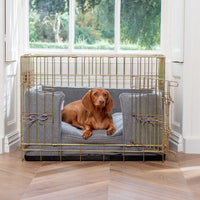
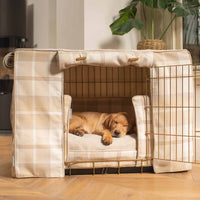

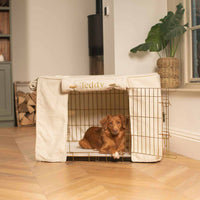
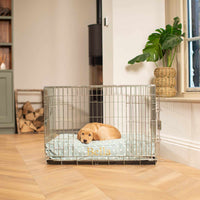
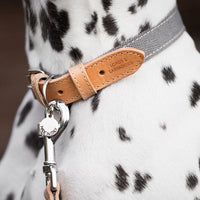

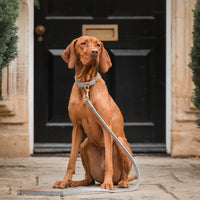
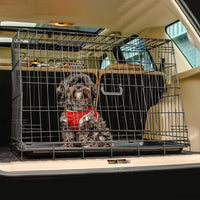
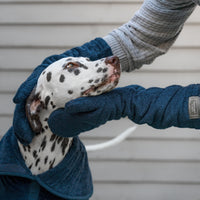
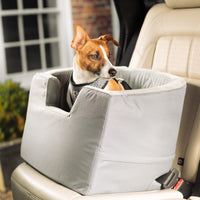
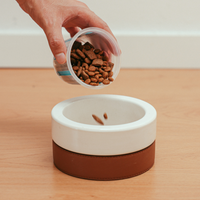
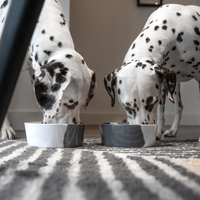
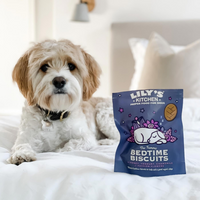


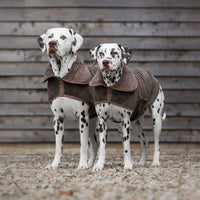
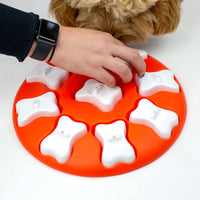

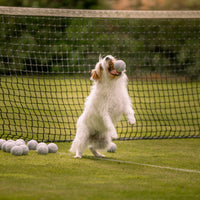
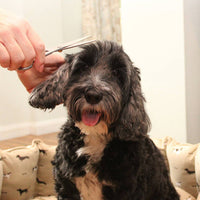


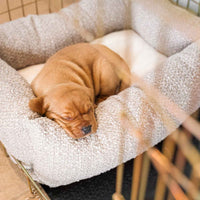
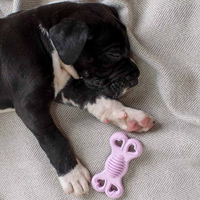
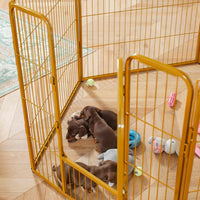
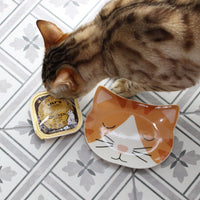
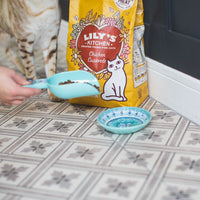
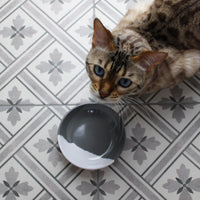
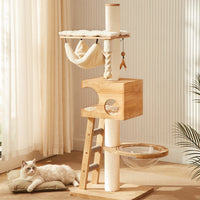
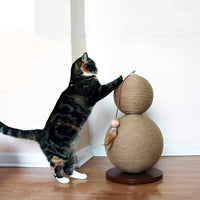

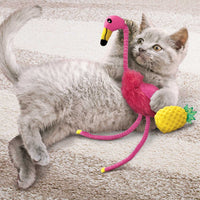
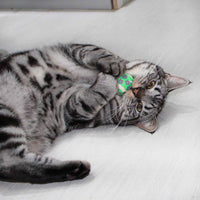
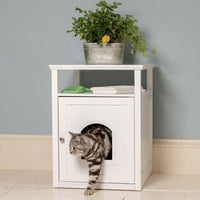
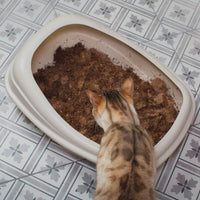
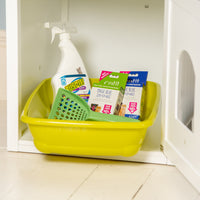
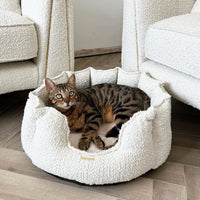
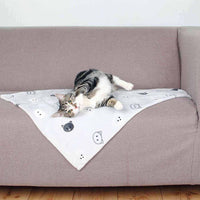
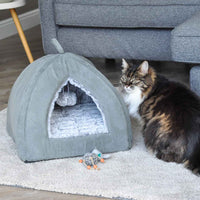








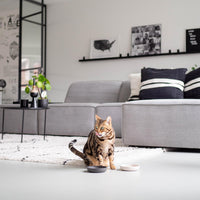


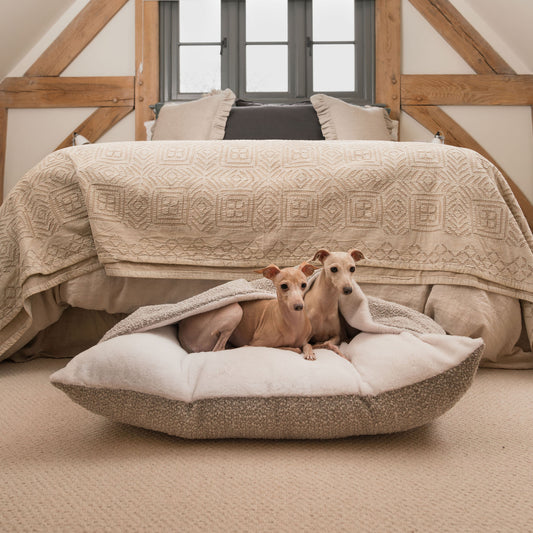






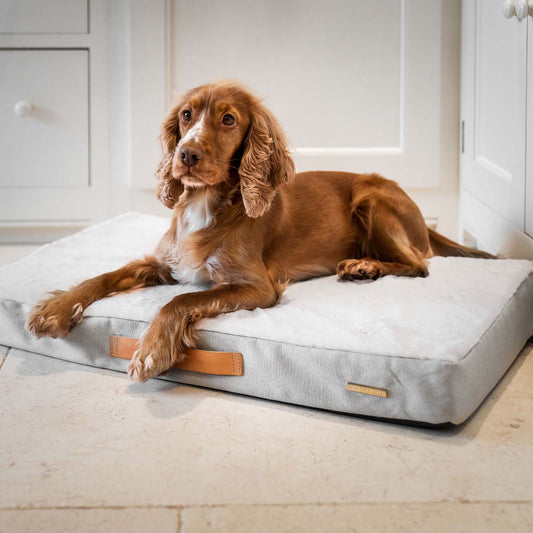



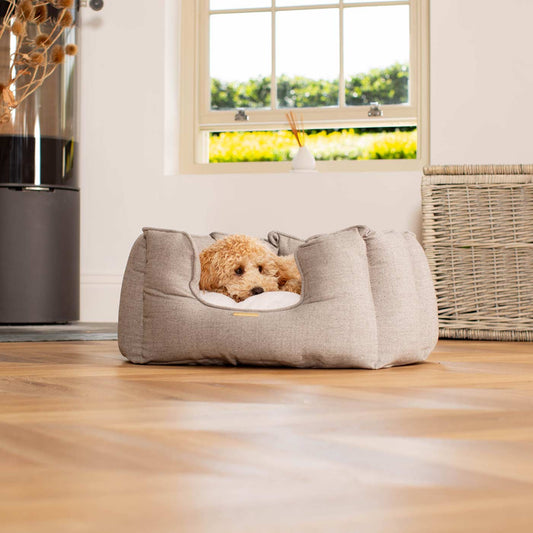






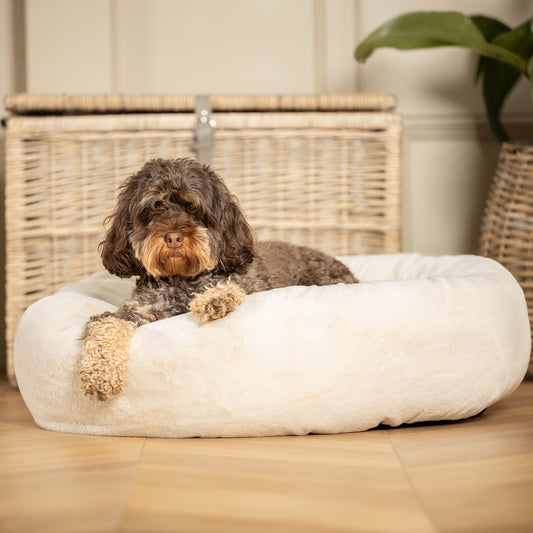









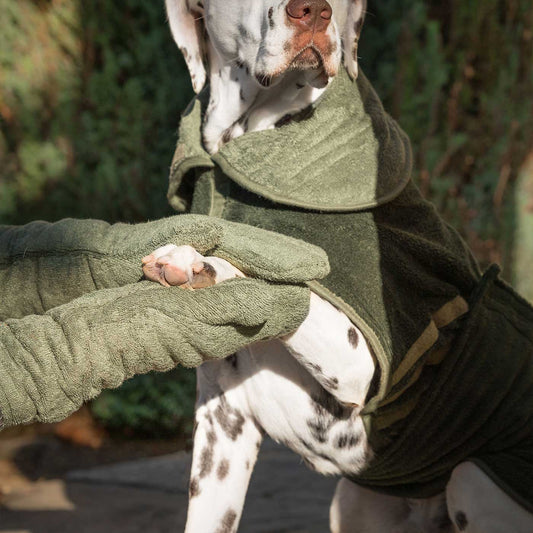

![[colour:granite boucle] Discover Our Luxury Boucle sofa Topper, The Perfect Pet sofa Accessory In Stunning Granite! Available Now at Lords & Labradors](http://www.lordsandlabradors.co.uk/cdn/shop/products/Granite-Sofa-Topper-Nala.jpg?v=1660059981&width=533)

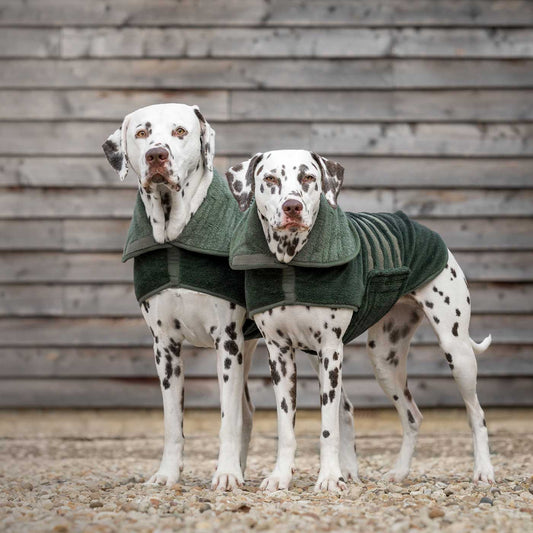

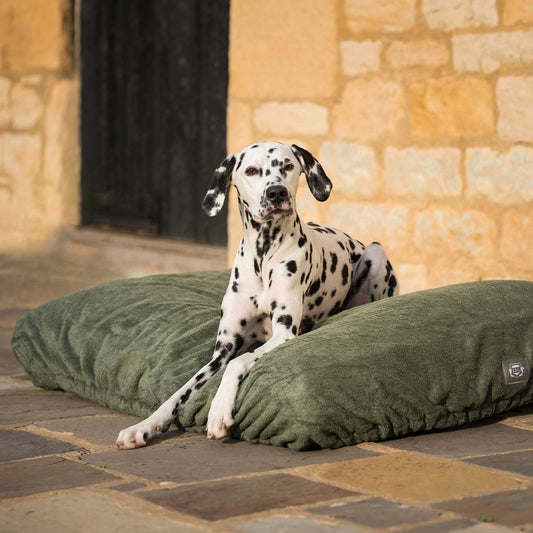





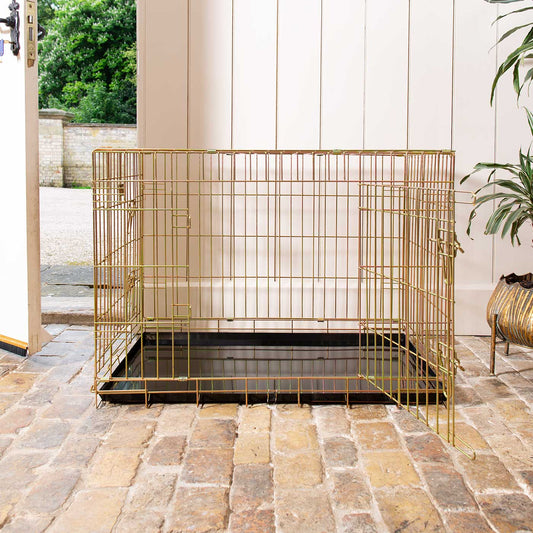




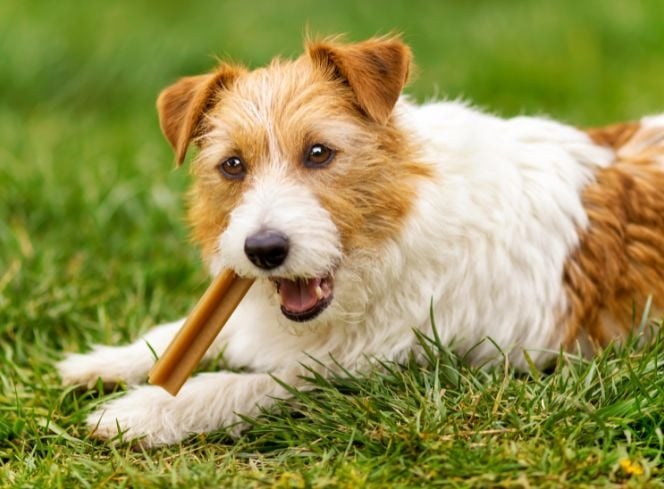



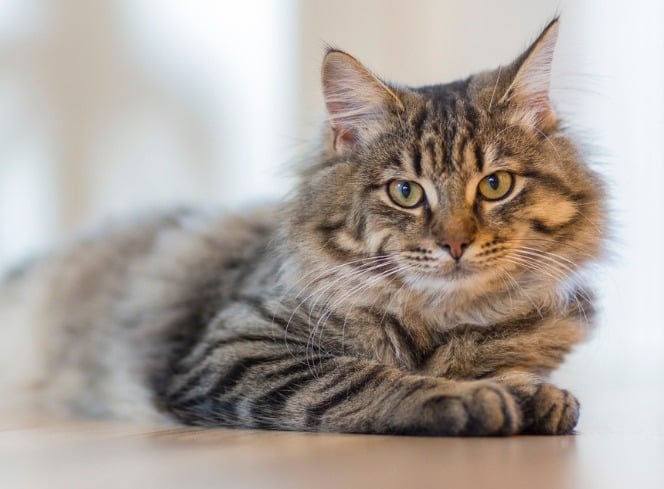



.jpg?v=1727958217793&options=)

